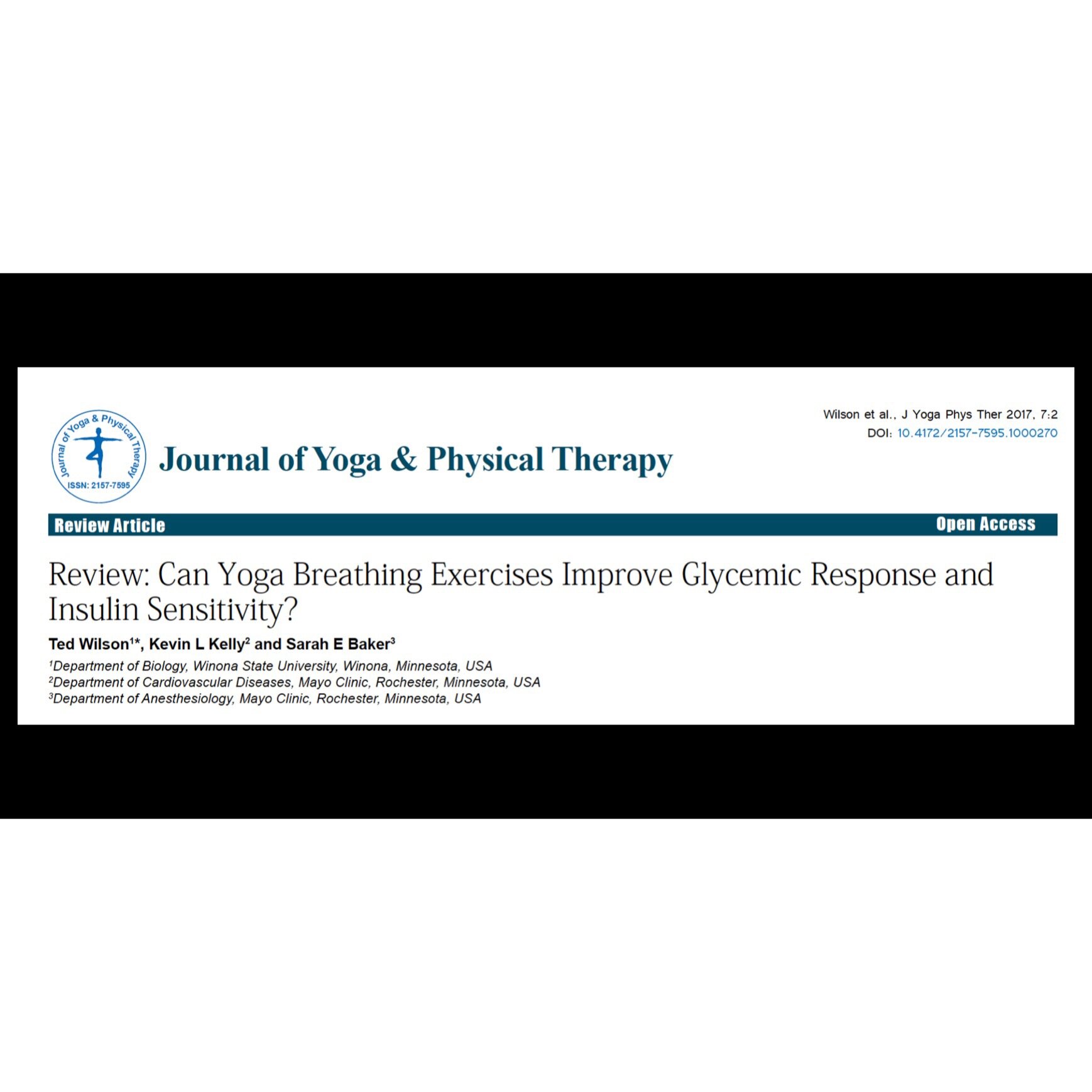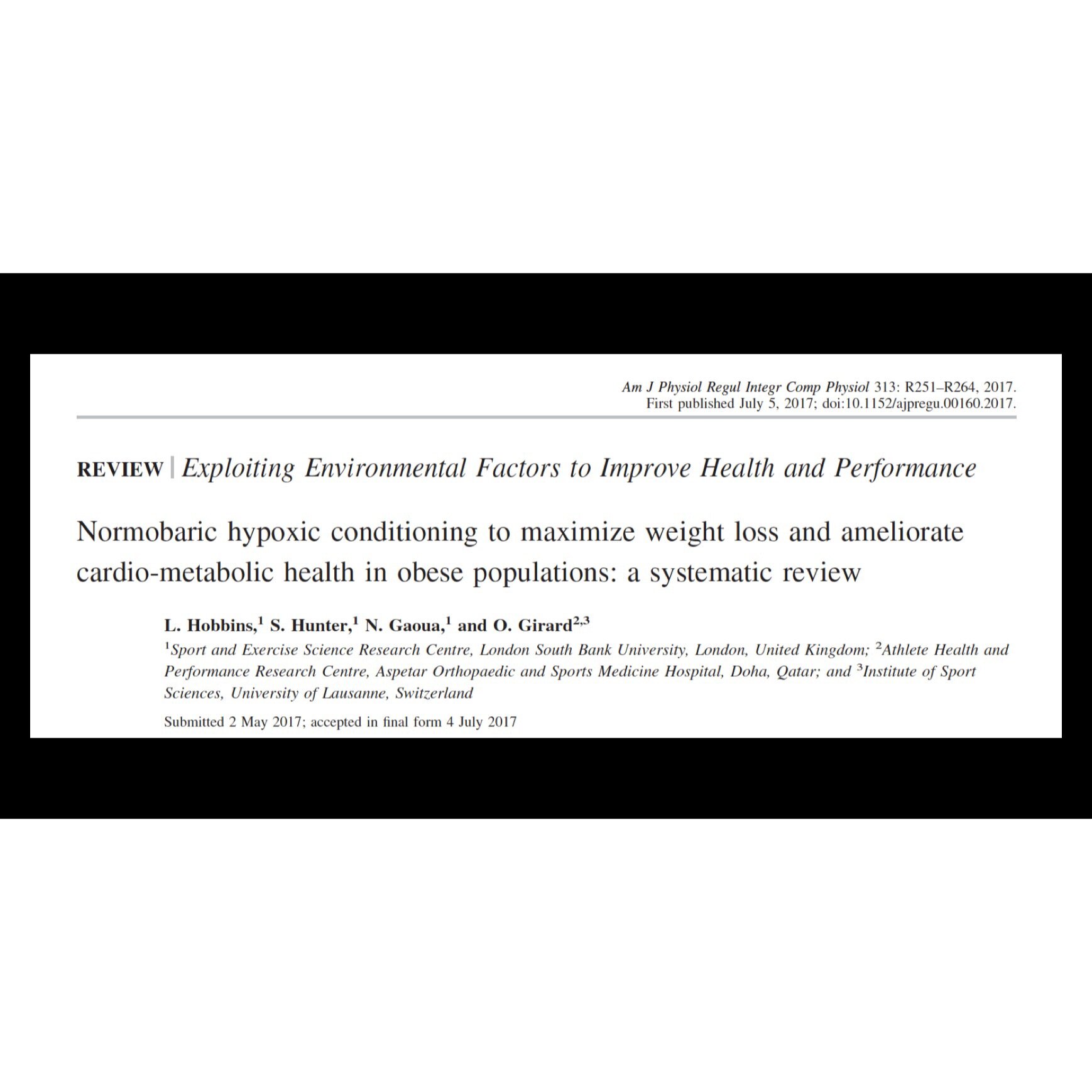Key Points
Slow breathing lowers blood sugar by reducing the liver’s production of glucose
Slow breathing increases insulin sensitivity
Slow breathing might be a no-cost beneficial intervention for diabetics
Breathing Blueprint Summary
This is a follow on to the previous Wilson et al. (2013) paper that described how a relaxation breathing exercise improved glycemic response in healthy college-aged humans. In this review, the authors examine key evidence showing that breathing can potentially improve glycemic response and insulin sensitivity.
Let’s start with some statistics. Can you believe that in 2013, ~9.3% of Americans had diabetes?!? That’s insane. And, pharmacy costs added up to ~$18 billion! Breathing might not cure diabetes, but it might help reduce the costs and negative side effects of diabetics by improving our insulin sensitivity and glycemic control. Which is exactly what this paper examined.
One mechanism they found that explains why slow, relaxation breathing lowers blood sugar is reduction in sympathetic nervous system activity. In short, the liver generates glucose via a process called gluconeogenesis. When the sympathetic nervous system is activated, it increases this process, increasing the body’s endogenous production of glucose. Other stress hormones, such as adrenaline, also increase the liver’s production of glucose. By breathing slowly, we shift out of this sympathetic state, reducing the amount of glucose produced by the liver and helping reduce our blood sugar.
They also examined several studies showing that slow breathing can restore insulin sensitivity. There were no clear mechanisms as to how slow breathing improved insulin sensitivity, but the take-home point was that it does. We will have to wait on future studies to identify exactly what’s going on “under the hood.”
Overall, this review showed scientific evidence that breathing exercises can improve glycemic control and increase insulin sensitivity. The glucose-lowering effect of slow breathing is likely due to reduced sympathetic activity and reduced glucose production by the liver. The improved insulin sensitivity might also be related to this, but the precise mechanism is unknown.
In any case, I think it’s safe to say that practicing Principle 1 and Principle 2 is a good idea, especially for diabetics, to improve glycemic control and insulin sensitivity.
Abstract from Paper
This is the first review of the literature on the effects of slow breathing on glycemic regulation and insulin sensitivity. While many studies have investigated the effects of yoga on individuals with diabetes, few studies have specifically focusing on the isolation of slow breathing as the principle factor in their intervention. While it is difficult to separate the exercise-related effects of yoga, there is considerable evidence that a breathing intervention is capable of increasing insulin sensitivity and improving glycemic regulation. This appears to be true both acutely and chronically in healthy individuals and those with diabetes. Yoga pranayama and the slow breathing practices that are fundamental to yoga represent a relatively low-cost and under-utilized intervention for individuals with conditions related to altered glycemic regulation and insulin sensitivity. More studies should focus on pranayama and slow breathing maneuvers to better clarify the role of respiratory modulation on glucose metabolism and insulin response.
Journal Reference:
Wilson T, Kelly KL, Baker SE. Review: Can yoga breathing exercises improve glycemic response and insulin sensitivity?. J Yoga Phys Ther. 2017;7(2). DOI: 10.4172/2157-7595.1000270.


